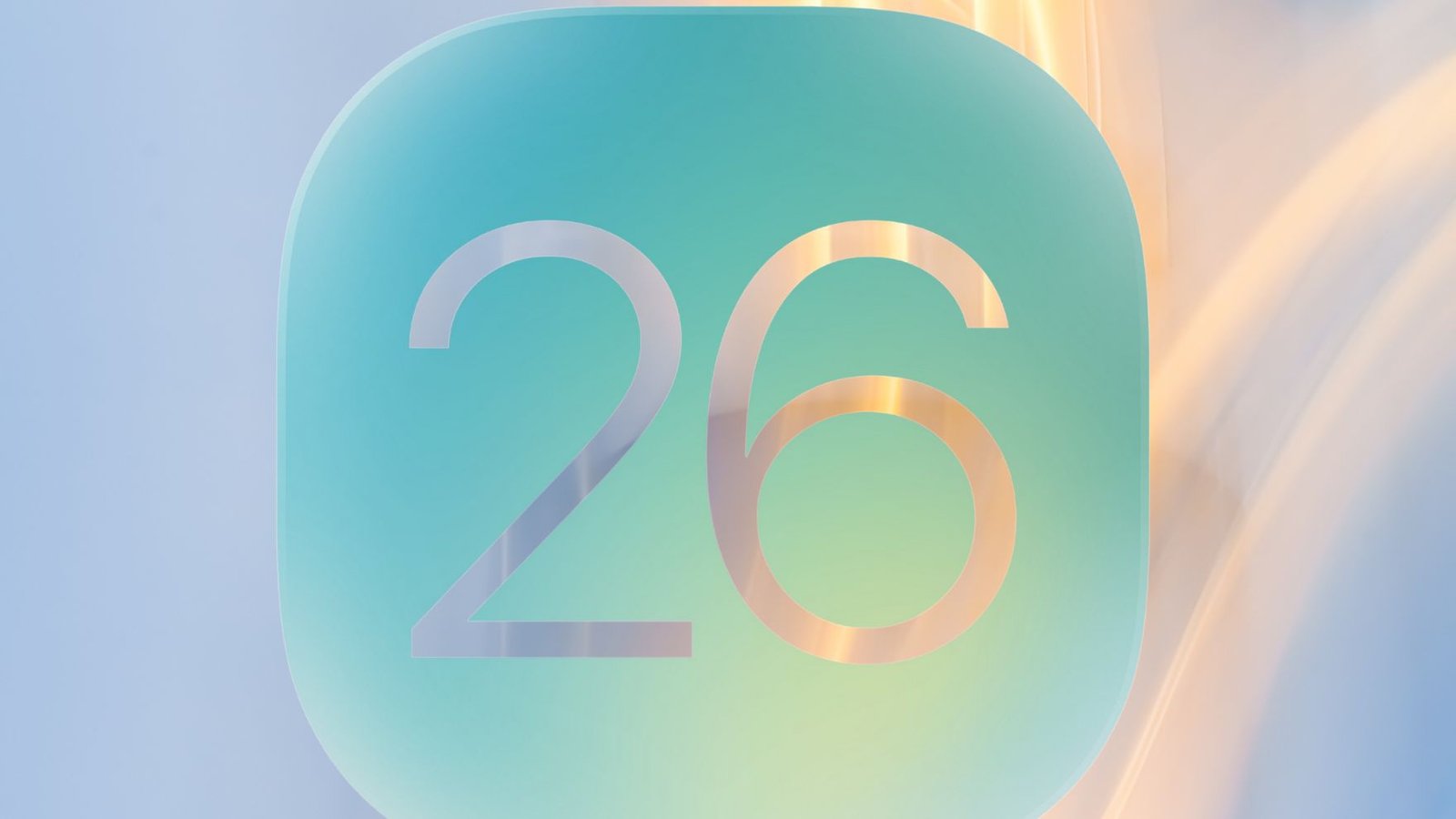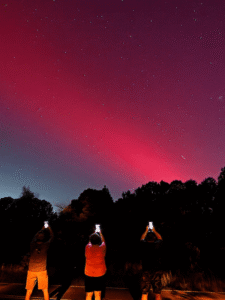How the Latest Geomagnetic Storm Lit The Skies In 2025
An Outstanding Celestial Performance
On June 1, 2025, the United States was graced with an Aurora Borealis as far south as Alabama, triggered by a severe G4 geomagnetic storm. Breathtaking views with the highest level of solar activity were captivating and put on a stunning joyful display for millions.
The Braims Behind Aurora Borealis
These phenomena occur due to discharge of solar electrified particles colliding with gases in the Earth’s atmosphere. Fortunately, Alaksa and Scandinavian countries are privileged to witness these colorful display of lights during intense solar storms which cause wild phenomenons all over the world.
What Triggered the Storm?
A CME or coronal mass ejection is an explosion of solar material and magnetic fields, which was unleashed on May 31, 2025, traveling at almost 1000 km/s. It hit Earth’s magnetosphere weather on June 1, escalating to G4 storm levels, but with a possible chance of reaching G5, as estimated by NOAA’s Space Weather Prediction Center. The SOHO coronagraph from NASA/ESA confirmed the CME’s imagery and data.
Widespread Aurora Sightings
The storm allowed for a greater expansion of the aurora with sightings reaching all the way from Alaska to Connecticut as well as southern Alabama and northern California. While people were posting on X, users were reporting the vivid showcase over Washington, Montana and Texas with user @JustinWeather saying it was “a big deal.” The aurora was visible on the northern portion as well as faintly in the southern part.
/galaxy-s26-gets-smarter-samsung-taps-perplexity-ai-for-future-phones/
/nintendo-switch-2-release-date-price-and-features/
/playstation-state-of-play-june-2025-what-you-should-prepare-for/
/nintendo-switch-2-at-walmart-here-is-how-you-can-pre-order-it/
/apple-ios-26-expected-features-after-the-upcoming-announcement/



















Post Comment